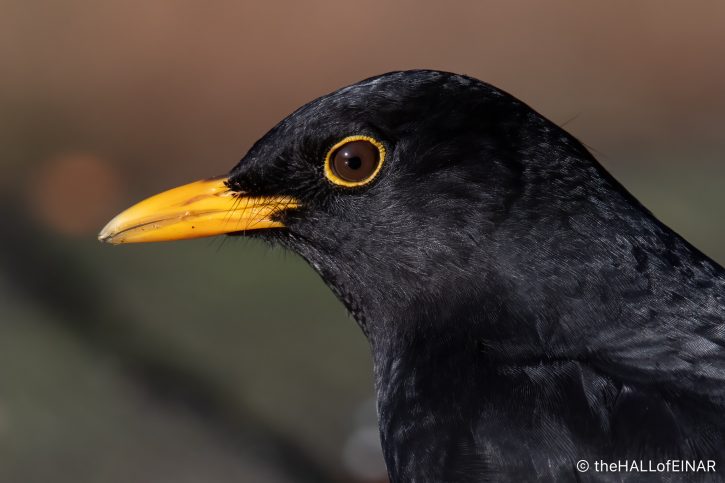The Blackbird habit

Blackbirds are creatures of habit. At a year old the males select a territory to defend, with the aim of attracting a female. They will return to that same territory year after year. The subtly camouflaged brown females build a large, delicate, cup-shaped nest of grass stems held together with mud. Blackbirds only live for three or four years, so have few chances to breed successfully. They make the most of every spring and summer by having two or three broods of chicks and sometimes even four.
Mature male Blackbirds have the familiar glossy black feathers with an eggy-yellow beak and a distinctive yellow ring around their eye. If you see a black Blackbird which has a black beak it’s likely to be a young male in its first winter. Juvenile Blackbirds look very much like females, although with more streaks.
Blackbirds incubate their eggs for two weeks and the chicks are ready to fledge in another three. It’s an astonishing growth-rate fuelled by beak-fulls of worms and insects. There are over 5,000,000 pairs of Blackbirds in the UK but in winter their numbers swell to between 10-15,000,000 as they migrate to avoid colder weather in mainland Europe.
In winter Blackbirds are likely to leave their garden territories and head for the countryside, where there are supplies of berries and fruit to keep them going until the first spring flowers appear. It’s then they head back to their garden territories and attempt to raise another family.
It might seem odd that Blackbirds got that name rather than Crows, Rooks and Ravens which are all larger and just as black. It’s because until the 18th Century only small birds were called bird and larger birds were called fowl.
It’s a joy to have them back, singing their musical song, in their familiar territories now.